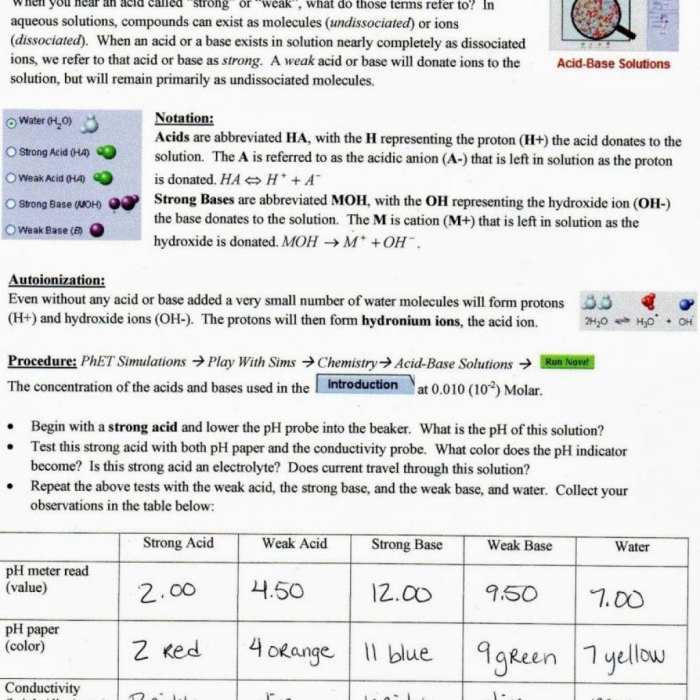Isotopes and atomic mass answer key – Unveiling the enigmatic world of isotopes and atomic mass, this comprehensive guide delves into the intricacies of these fundamental concepts, providing a solid foundation for comprehending the behavior and properties of chemical elements.
As we embark on this journey, we will explore the fascinating realm of isotopes, their relationship with the periodic table, and the pivotal role they play in determining atomic mass. Furthermore, we will unravel the practical applications of isotopes in diverse fields, ranging from medicine to industry and research, highlighting their invaluable contributions to scientific advancements.
Isotopes
Isotopes are atoms of the same element that have the same atomic number but different numbers of neutrons.
For example, carbon has three isotopes: carbon-12, carbon-13, and carbon-14. All three isotopes have six protons and six electrons, but carbon-12 has six neutrons, carbon-13 has seven neutrons, and carbon-14 has eight neutrons.
Isotopes are arranged in the periodic table according to their atomic number. Elements with the same atomic number are in the same column of the periodic table.
Atomic Mass
Atomic mass is the average mass of an element’s atoms, taking into account the relative abundance of each isotope.
To calculate the atomic mass of an element, we multiply the mass of each isotope by its relative abundance and then add the products together.
For example, the atomic mass of carbon is 12.011. This means that the average mass of a carbon atom is 12.011 atomic mass units (amu).
Atomic mass is used in chemistry to calculate the molar mass of compounds and to determine the composition of molecules.
Applications of Isotopes

Isotopes have a wide variety of applications in medicine, industry, and research.
Medicine, Isotopes and atomic mass answer key
- Isotopes are used in medical imaging to create images of the inside of the body.
- Isotopes are used in radiation therapy to treat cancer.
- Isotopes are used in nuclear medicine to diagnose and treat a variety of diseases.
Industry
- Isotopes are used in the food industry to preserve food and to detect contamination.
- Isotopes are used in the oil and gas industry to explore for oil and gas.
- Isotopes are used in the manufacturing industry to trace the movement of materials.
Research
- Isotopes are used in archaeology to date artifacts.
- Isotopes are used in geology to study the Earth’s history.
- Isotopes are used in astronomy to study the stars and planets.
Radioactive Isotopes: Isotopes And Atomic Mass Answer Key
Radioactive isotopes are isotopes that emit radiation.
Radioactive isotopes are used in a variety of applications, including:
- Medical imaging
- Radiation therapy
- Nuclear power
- Research
It is important to handle radioactive isotopes with care, as they can be harmful to human health.
Question Bank
What are isotopes?
Isotopes are variations of the same element that have the same number of protons but differ in the number of neutrons, resulting in different atomic masses.
How is atomic mass calculated?
Atomic mass is calculated as the weighted average of the masses of all isotopes of an element, taking into account their relative abundances.
What are the applications of isotopes in medicine?
Isotopes are widely used in medicine for diagnostic imaging, such as PET scans, and in radiation therapy to target and destroy cancerous cells.

